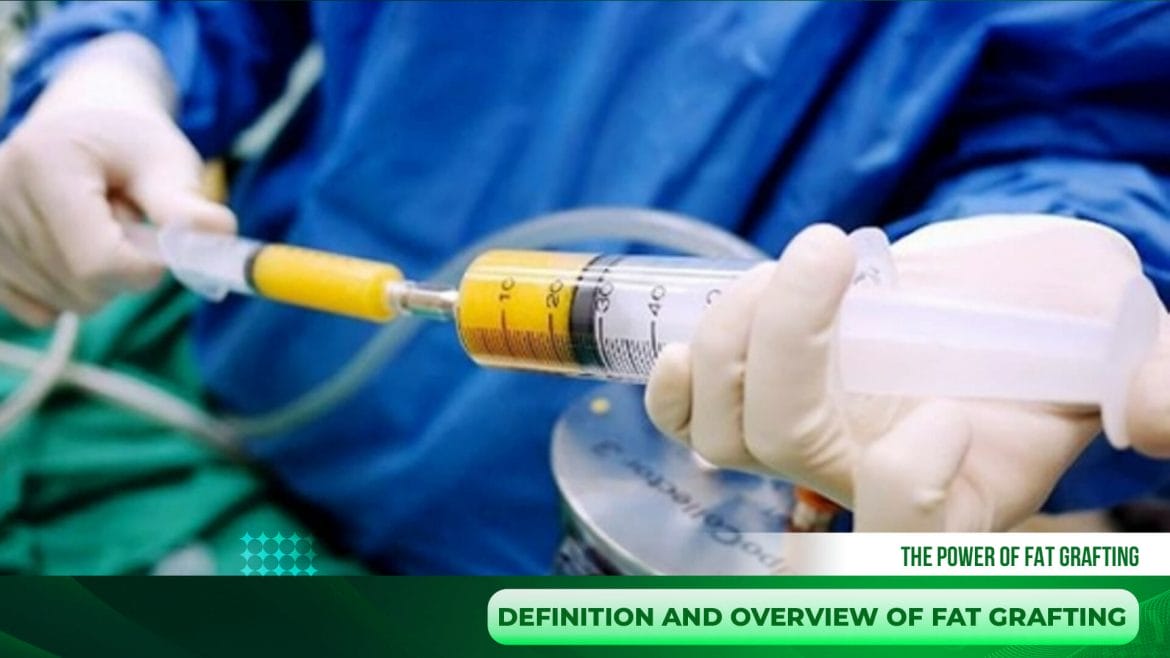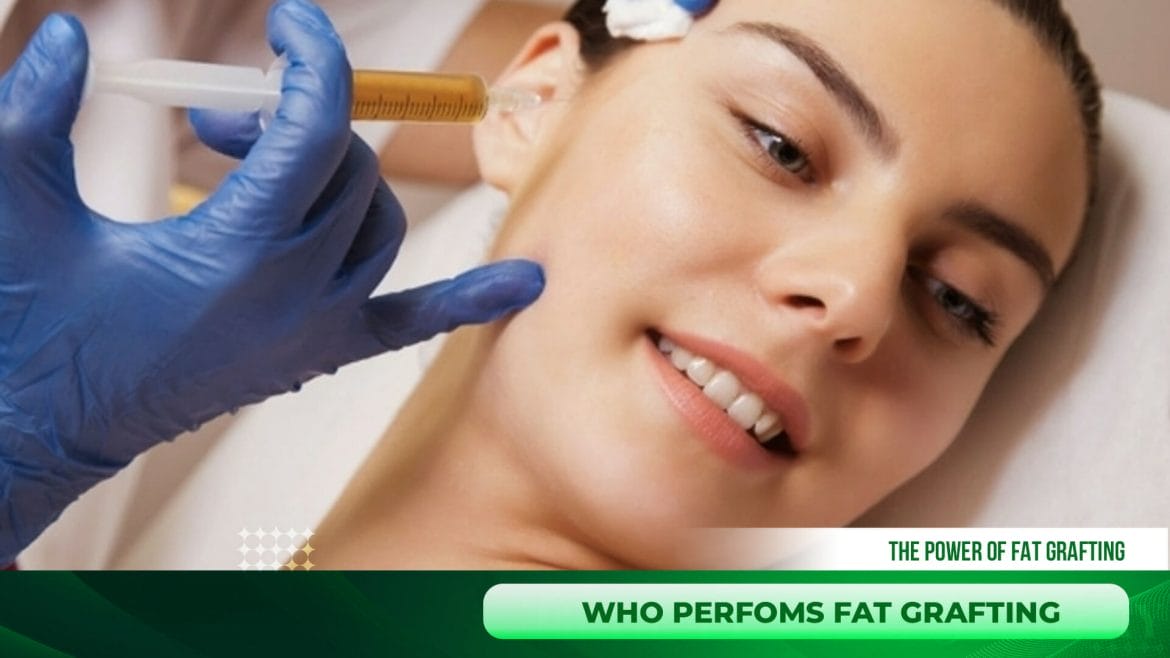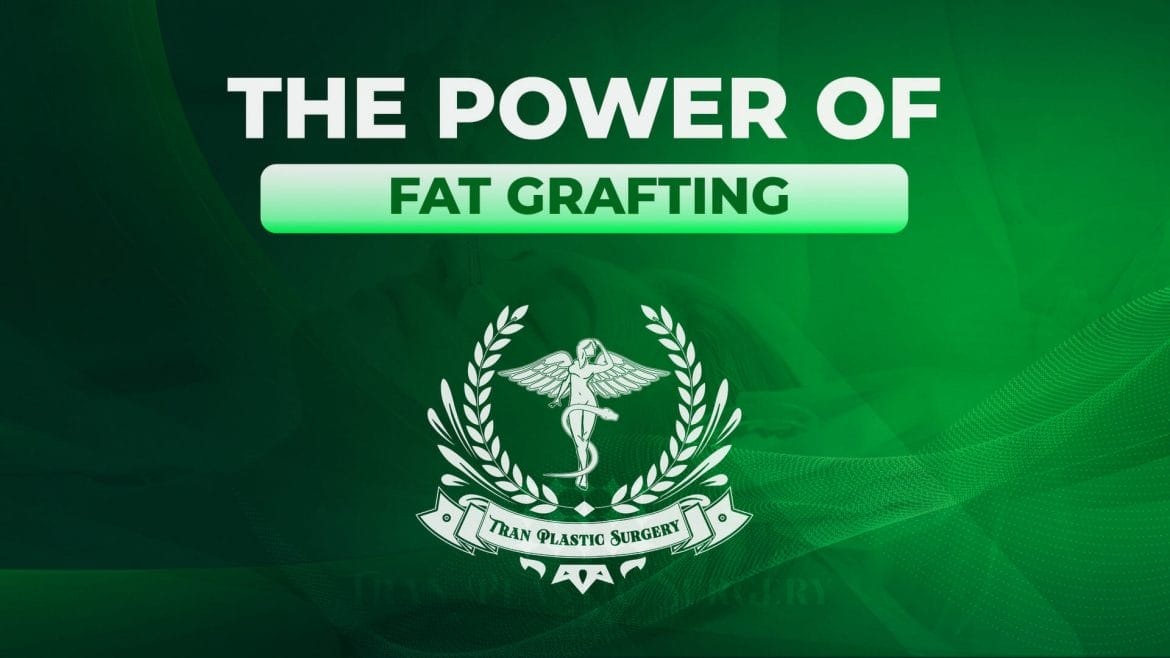Definition and overview of fat grafting

Fat grafting is a procedure in which removed adipose tissue is injected beneath the skin to repair damaged tissue. The procedure can also be utilized for cosmetic objectives, most notably face rejuvenation. Autologous fat is considered by many to be the ideal filler material for facial rejuvenation, as it is 100% biocompatible, produces a soft and natural result, and is theoretically a permanent intervention.
Understanding fat graft viability

As the human body ages, myriad changes occur within the face. Gravity causes the descent of the facial soft tissues and creates unflattering folds and shadows (e.g., nasolabial folds, tear troughs, marionette lines, etc.), contributing to an aged appearance. Furthermore, with age, patients experience decreased facial volume secondary to a combination of dermal thinning, muscular atrophy, fat volume loss, and a reduction in bone thickness.
The loss of facial volume can be addressed with various filler materials, which, in some instances, may provide results comparable to surgical lifting. For this reason, fat grafting and dermal filler injections have recently gained popularity as adjunctive treatments to facial rejuvenation procedures.
Who performs fat grafting?

The age-related changes in the face that can be addressed with autologous fat grafting include:
- Forehead hollowing
- Deep rhytides, particularly forehead and glabellar
- Supraorbital hollowing
- tear-trough deformity and/or deep nasojugal groove
- Nasolabial folds
- Besides, this procedure is used to fill the breasts (breast augmentation), increase the size of the buttocks, improve the body ratio between the waist and hips, etc.
The fat grafting procedure:

The process of fat grafting involves three steps:
Step 1: Extraction of the fat from the donor area with liposuction.This is best accomplished by manual methods using thin liposuction cannulas with small holes
Step 2: The fat is then processed with decanting and centrifugation to separate debris, excess fluid, and dead cells from the viable adipose fat cells. The fat that is discarded is the fat cells, which will likely not survive in the graft, and they can even create problems for the good cells.
Step 3: Reinjection of the purified fat into the area needing improvement. In the final step, the fat is reinjected in small droplets throughout the subcutaneous tissue of the recipient area. This is to ensure good blood supply to every fat droplet so that the fat graft can survive.
If you have any questions about fat grafting , speak to one of our aesthetics doctors to find out what treatment is best for you. Call 714-839-8000
Book an appointment: Contact Tran Plastic Surgery – Schedule a Consultation with Dr. Tuan Tran for Cosmetic Plastic Surgery in Westminster, Orange County, California


